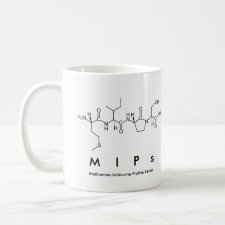
Authors: Zoughi S, Faridbod F, Amiri A, Ganjali MR
Article Title: Detection of tartrazine in fake saffron containing products by a sensitive optical nanosensor.
Publication date: 2021
Journal: Food Chemistry
Volume: 350
Article Number: 129197.
DOI: 10.1016/j.foodchem.2021.129197
Alternative URL: https://www.sciencedirect.com/science/article/pii/S0308814621002016
Abstract: A fluorescent assay for the selective analysis of tartrazine was developed. Tartrazine is a health-threatening food additive commonly used as fake saffron. An optical nanosensor was fabricated based on molecular imprinting technique in which carbon dots (CDs) as fluorophores and tartrazine as a template molecule were embedded in molecularly imprinted polymer (MIP) matrix. The synthesized CDs embedded in MIP (CDs-MIP) was characterized by various methods. The fluorescence intensity of (CDs-MIP) was selectively quenched in the presence of tartrazine in comparison with other similar food color additives. The correlation between the quenching of CD-MIP and the concentration of tartrazine was used as an optical sensing for rapid detection of tartrazine in the range of 3.3-20.0 nM (1.8-10.7 μg L-1) with detection limit of 1.3 nM (0.70 μg L-1). Eventually, the designed nanosensor was successfully applied for tartrazine detection in foodstuffs such as fake saffron, saffron tea and saffron ice cream samples
Template and target information: tartrazine
Author keywords: Tartrazine, Food color, Fluorescence nanosensor, Carbon dots, molecularly imprinted polymer



Join the Society for Molecular Imprinting

New items RSS feed
Sign-up for e-mail updates:
Choose between receiving an occasional newsletter or more frequent e-mail alerts.
Click here to go to the sign-up page.
Is your name elemental or peptidic? Enter your name and find out by clicking either of the buttons below!
Other products you may like:
 MIPdatabase
MIPdatabase









